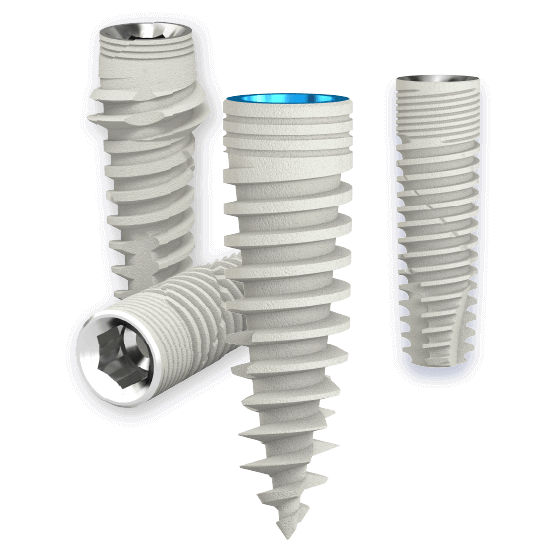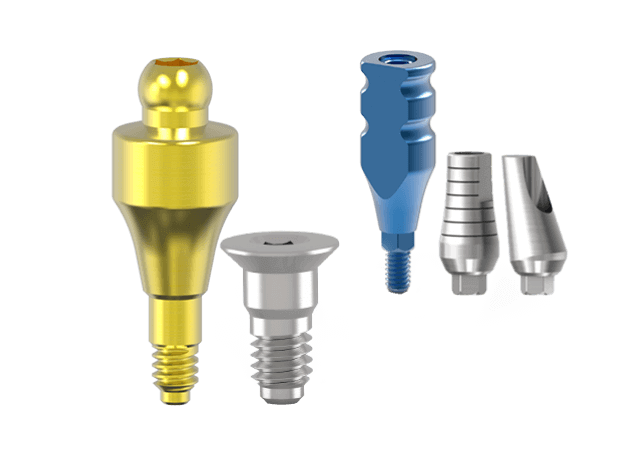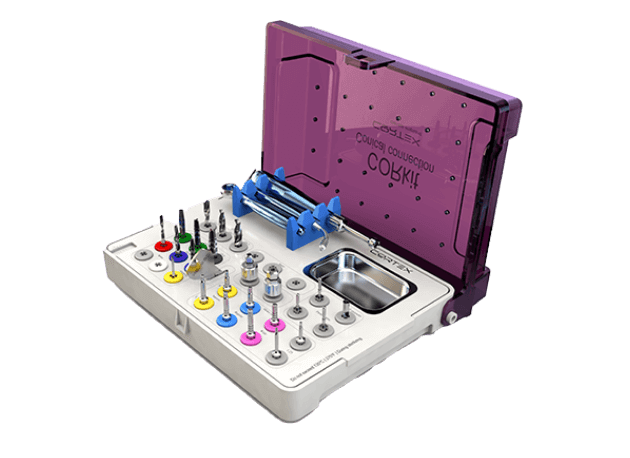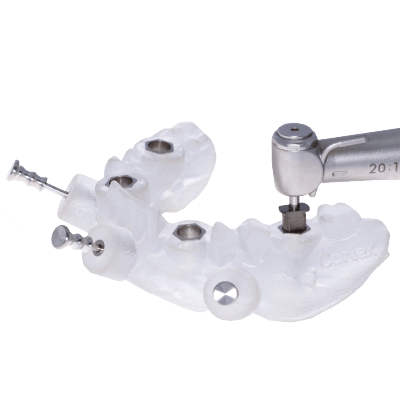Researches Articles Studies
The desire for immediate load restoration of dental implants, particularly in the anterior esthetic zone. Requires specific dental implant design strategies to enhance primary stability. In the presence of extraction sites, often with compromised bone, implant fixation is obtained apically and palatally. The macro architectural design of the implant established initial mechanical fixation, which is crucial in minimizing implant mobility in the first 3-4 weeks of function.
A new dental implant design
The Saturn dental implant employs a unique new strategy: that of extended sub-crystal threads, expanded outward in a wing-like effect to engage socket walls mid-crystally for added primary stability.
In order to determine the clinical efficacy of this new implant, a study was undertaken to evaluate the implant in both jaws under conditions of immediate function.
Material and Methods; Three private clinics and the Tiberias Medical Center, Upper Galilee Dental Center. The Department of Oral and Maxillofacial Surgery Poria Governmental Hospital treated patients using the following selection criteria; Teeth in the anterior dental arches, including the bicuspids, which required dental extraction and implant placement for immediate loading. When the insertion torque was less than 35Ncm the implant was not loaded. Provisional restorations were to be fabricated and placed on the day of implant placement or 1-2 days later
Results
A total of 140 implants were placed. Of which 95 were immediately loaded and 45 were left submerged for staged loading. Of those implants placed into immediate function. 83 were in the maxilla and 12 in the mandible. Implants were examined at 1,6,12 and 16 weeks post placements, at which time the final restoration was placed. There was also a one-year follow-up. All implants were placed into functional occlusion and judged to be aesthetically satisfactory.
Conclusion
A pilot study of 140 consecutively placed Saturn dental implants, followed up to one year after placement, revealed a 96.4% implant success rate despite immediate loading, in the presence of large extraction defects and poor-quality bone. These favorable preliminary findings must now be corroborated by longer-term studies.





